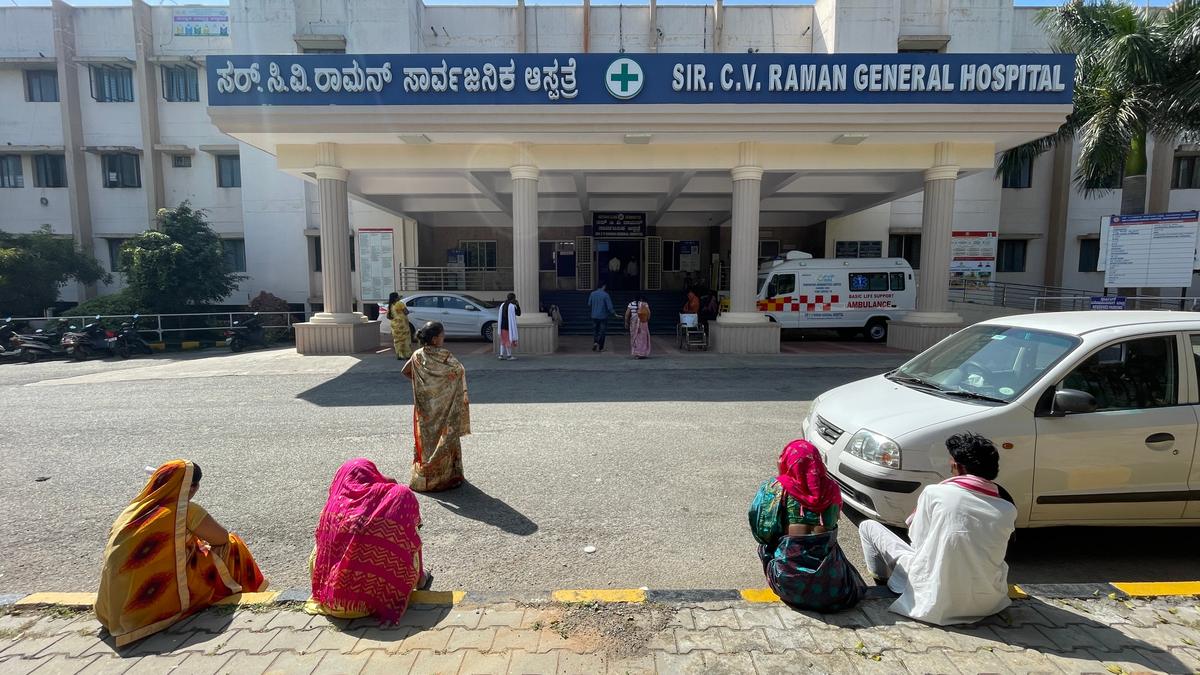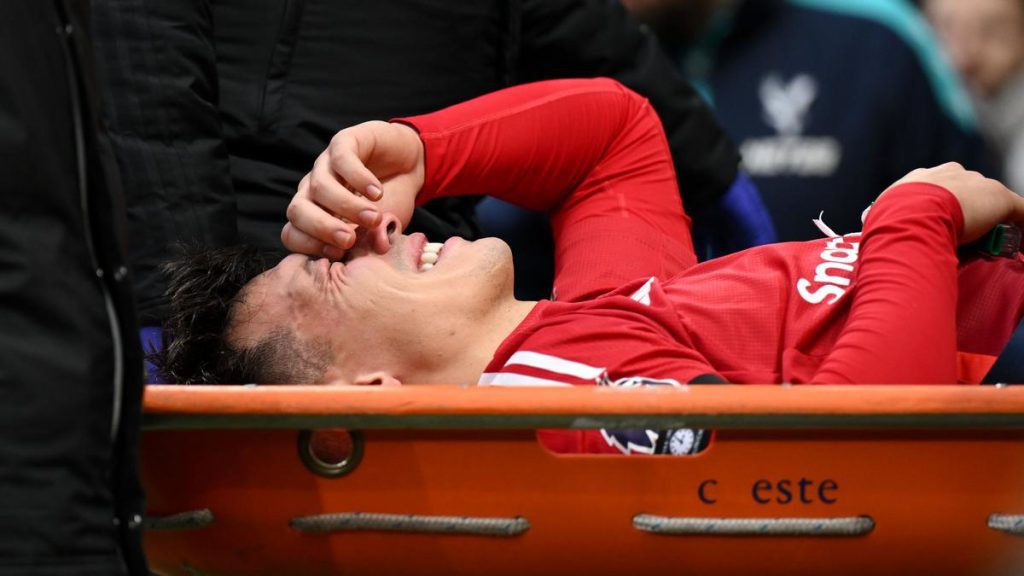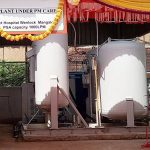Homeless persons treated, rehabilitated in Karnataka’s first public-private partnership for mental health Premium


Homeless persons treated, rehabilitated in Karnataka’s first public-private partnership for mental health Premium
Recently, a 65-year-old woman was found wandering in Frazer Town by social workers from a non-governmental organisation (NGO) during their field work. The homeless woman, who exhibited signs of mental duress, was admitted at the Emergency Care and Recovery Centre (ECRC) at the State-run Sir C.V. Raman General Hospital.
The woman was not just treated and counselled at the Centre for over a month, but also provided rehabilitation and reunited with her family under Manovruksha, a mental healthcare initiative for homeless, mentally-ill persons.
She is one of the over 60 persons who have undergone treatment and rehabilitation at the hospital over the past two months. Most of them have been reunited with their families. The State Health Department, in association with Aaladamara Foundation, a city-based NGO dedicated to providing holistic mental healthcare to homeless individuals with severe mental illness, launched the initiative in C.V. Raman Hospital in October this year.
Hospital Medical Superintendent Rajesh K.S. said a 22-bed mental health ward has been set up in the hospital. “While we are providing medicines, food and other required consumables for the patients admitted here, the Aaladamara Foundation has deployed manpower, including a psychiatrist and three nurses apart from psychiatric social workers and healthcare workers,” the doctor said.
“Besides, the Foundation is also providing outreach services wherein social workers go and recover/rescue persons from public places/streets. It is also supporting their rehabilitation and providing them with skills to integrate into society upon recovery,” Dr. Rajesh said.
Health Minister Dinesh Gundu Rao said this public-private partnership is the first of its kind in Karnataka and many more such centres will be started to respond to the needs of the vulnerable population.
“The idea is to provide comprehensive psychiatric care and holistic recovery services in addition to social care. This initiative is expected to set the standard for future collaborations between the government and other like-minded NGOs in Karnataka,” the Minister told The Hindu.
The 250-bed C.V. Raman Hospital sees around 800 patients in the out-patient department (OPD) daily. The facility has a 13-bed geriatric ward and 12-bed palliative care ward. Dr. Rajesh said a proposal to set-up a satellite centre of the Sri Jayadeva Institute of Cardiovascular Sciences and Research (SJICSR) — similar to the one functioning in K.C. General Hospital — has been submitted to the Health Department and is under consideration. “We do not have a cardiac facility in this part of the city,” he said.
Stating that another NGO, Child Health Foundation, has come forward to set up a super-speciality hospital adjoining the C.V. Raman Hospital, Dr. Rajesh said the hospital caters to residents of five Assembly constituencies and around 17 slums.
“We have submitted a proposal to the government and are awaiting approvals,” Dr Rajesh said. “The Child Health Foundation in association with Coal India has agreed to run the facility free-of-cost with their manpower. We just need to provide them 10,000 square feet of land on our hospital premises. The proposal is to start cardiology, neurology, gastroenterology, endocrinology, nephrology and urology and other related speciality units here.










